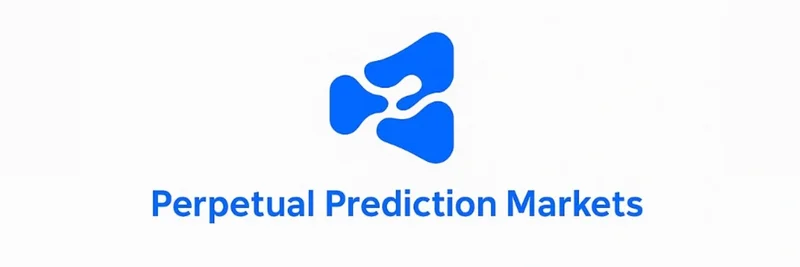Hey there! Today, we're diving into something super cool from the Solana ecosystem - TipRouter. This isn't just any update; it's a game-changer for how we handle MEV (Maximal Extractable Value) tip distributions. Let's break it down in a way that's easy to get, even if you're not super tech-savvy.
Before TipRouter, the process of distributing MEV tips was kind of clunky. Here's how it worked:
- Each validator had a Tip Distribution Account (TDA) where MEV tips were collected for an epoch (think of it as a blockchain's time cycle).
- At the end of this epoch, someone off-chain would create a merkle tree - it's like a special kind of data structure that helps in distributing these tips fairly.
- This tree would then map out how much each validator gets based on their commission rate, with the rest going to stakers (people who have locked up their crypto to support the network).
- Finally, this distribution was made official by uploading the merkle root (the top of our merkle tree) on-chain, which then transferred the SOL (Solana's cryptocurrency) to where it needed to go. This was all done by a single entity, which could be a risk if something went wrong.
After TipRouter, things got a lot smoother and more secure:
- Now, there's a network called the TipRouter NCN (Node Consensus Network) made up of node operators who are responsible for creating these merkle trees each epoch.
- They all take snapshots of Solana's vote account history, make their merkle trees, and upload the roots to the Tip Router Program.
- Once more than 2/3 of these node operators agree on the same merkle root (that's what we call reaching quorum), a permissionless cranker (a kind of automated process) uploads this root to distribute the tips.
- The beauty here is that it's not just one person or entity doing this; it's a group, making the whole process more decentralized and less prone to single points of failure.
This shift to TipRouter is significant because it addresses a couple of key issues in the Solana network, especially with the upcoming SIMD-0096 update which changes how block rewards are handled. Before, 50% of priority fees were burned (removed from circulation), but now, 100% will go to validators. This means stakers won't benefit unless validators share their rewards, which was tricky without a clear method.
TipRouter offers a solution until SIMD-0123 can provide an in-protocol way to do this. It makes the process of sharing rewards transparent, fair, and verifiable by the community, which is crucial for trust in blockchain ecosystems.
If you're into developing on Solana or just curious about how these systems work, understanding TipRouter can open up ideas on how to achieve consensus or distribute assets in your own projects. It shows how we can leverage decentralized networks for more than just basic blockchain operations.
For those of you who want to dive deeper or maybe even contribute, check out the GitHub repository for TipRouter. And if you're an application developer looking to explore similar mechanisms, feel free to reach out to magicdhz on X!
So, that's the lowdown on TipRouter. It's not just about distributing tips; it's about strengthening the integrity and transparency of Solana's reward system. Pretty neat, right? Stay tuned for more updates on how Solana is evolving!




